1980s
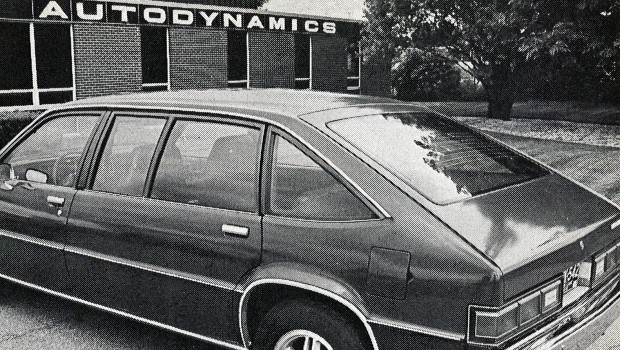
Published on November 25th, 2019 |
by BajaBusta
1981: Checker Enters the 1980’s
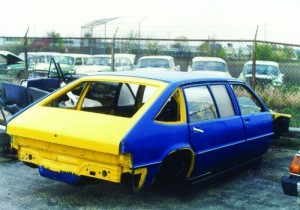
After nearly 6 years of studies Checker Motors was ready to shed its fifties image and go after what can best be called “modern ugly.” The 1983 Checker would acquire a new angular body that will fit over a front wheel drive layout and it will Pioneer a new type of rear suspension.
Six years prior, as the downsizing programs at the major manufacturers began in earnest, the small Kalamazoo taxi builder decided it would have to follow suit or fade into extinction. At that time checker was approached by Autodynamics, an engineering and design firm in Madison Heights, Michigan, and U.S. Steel with a proposal for the next checker. The car, named Galva II, would make use of a maximum amount of steel and minimum amount of tooling by using extremely simple shapes and as many interchangeable panels as possible. But checker was still doing well with its traditional car and decided not to move on this project.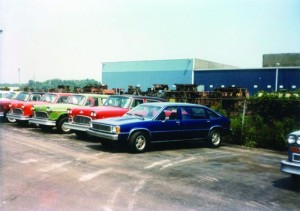
A front-wheel-drive approach was under serious consideration when ex GM president Ed Cole joined checker in 1977. Cole and Jim McLernon, president of Volkswagen of America explored the feasibility of stretching the Volkswagen Rabbit 21.0 inches, but they decided it wasn’t suitable as a taxi.
Cole, however, was aware that General Motors is working on its new front wheel drive X car and was satisfied that an X-car stretched 19.0 in. would meet checkers criteria. Unfortunately, GM would guarantee the and the availability of components only as long as the X-car was in production. That killed the deal because checker only built about 6000 cars a year and needs at least 10 years to amortize its tooling. GM obviously didn’t plan to be building the X body for a decade.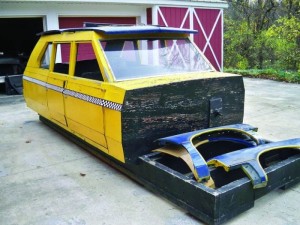
In 1980 checker decided that its new cab would use the X-cars powertrain but that checker would produce its own body and rear suspension. Not only would this and sure a continuous supply but would also allow checker to add durability and safety features suitable for its market. Then checker switched its plan to include the use of the heavier duty front wheel drive components from General Motors new 1982 intermediates.
Checker also planned to use a revolutionary new type of independent were suspension that was developed by Firestone, known as the “Marsh Mellow” suspension, after a Firestone engineer named Jerry Marsh, it was developed about 7 years before for the off highway construction market. Featuring a solid rubber, cylindrical-shape spring with tread laid in biased angles, it offered a variable spring rate with essentially a constant ride frequency over a wide payload range. It was compact and offered packaging features that reduced cost and weight. Best of all from Checkers point of view, if a spring failed, the cab didn’t have to be taken off the road immediately as is the case with conventional leaf and coil Springs. This feature should endear it to taxi fleets.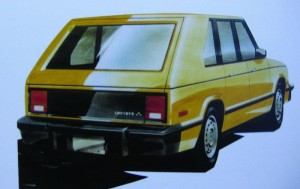
“We’re going to try and do everything we can to make the cab easy to service,” promised Saburo Hori, vice president of engineering at Checker. “We’ll have bolt on fenders, possibly of plastic, and we’re considering bolt on door panels made from either reinforced injection molding or sheet molding compound plastic because if a panel is damage it would be easier to replace. We’re also thinking about plastic hoods, rear hatch doors and facia because the tooling costs are lower. As a low volume producer, we have the advantage of not worrying about the slow cycle times needed in making plastic parts. And what we are trying to do is go as far as possible with proven technology. Checker is so small that we can afford to be the leaders; we’ve got to be the followers.”
One of the things checker added for extra safety and durability was a perimeter frame around the passenger compartment. It’s a new type of box construction, not a C-channel, but checker didn’t divulge details. The car would also extend the front and well ahead of the front axle, which would give it more crush space, and was going to use heavy duty brakes and larger wheels to take the extra load.
Checker planned to build cabs with three different wheelbases for different passenger counts.
With its new look, Checker was even hoping to add a non-taxi version of the new car, adding more chrome and trim and a fancier interior. Checker even had a new name for the car that would replace Marathon, but that was top secret.
Words by Road & Track
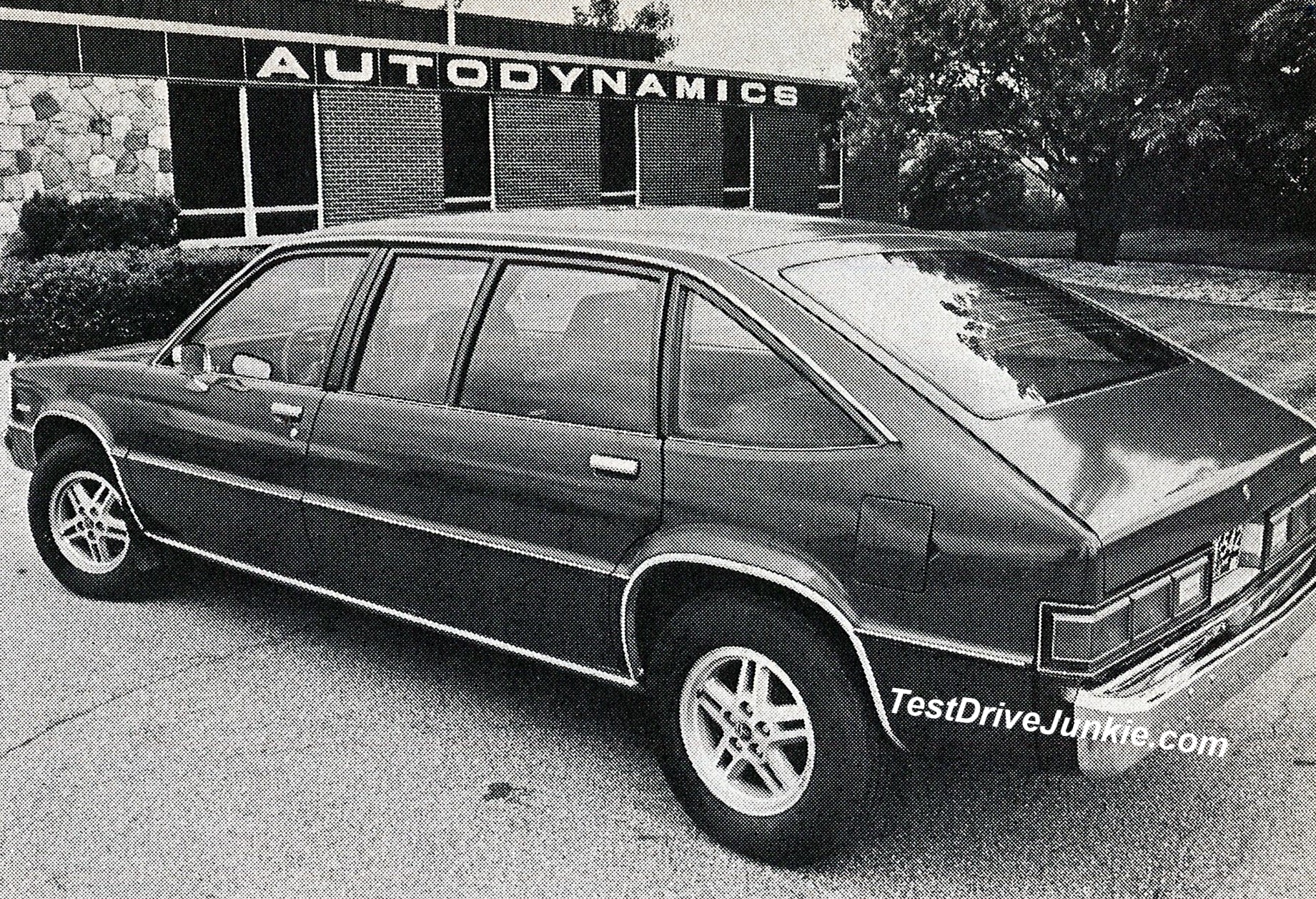
Tags: Checker Cabs, Chevrolet Citation, Chevy Citation, Newsday Tuesday, newsdaytuesday, Old News, Oldnews, Stretched Chevrolet Citation








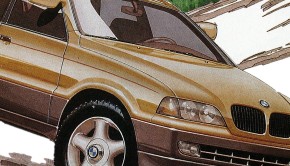
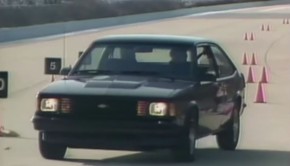
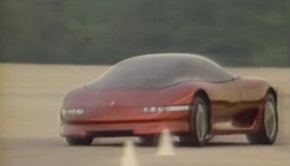
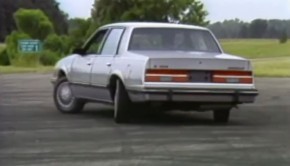





As weird as it sounds, I would love to have that stretched Citation.
Very historically accurate, a couple of corrections/key points. Ed Cole had nothing to do with the proposed Citation/Checker project. Cole died in 1977 after being at Checker only three months. The Galva (1974) and Galva II (1981) projects were the product of the Autodynamics consulting for Checker. The Citation project was a three-way project conducted by Auto Dynamics, Fisher Body and Checker (1980). Fisher Body was involved with Galva II but would have supplied small items such as door mechanisms etc. The photos of the yellow/blue Checker should be credited to Ben Merkel, my co-author of Checker The All American Taxi, these were lifted right out of our book published in 2016